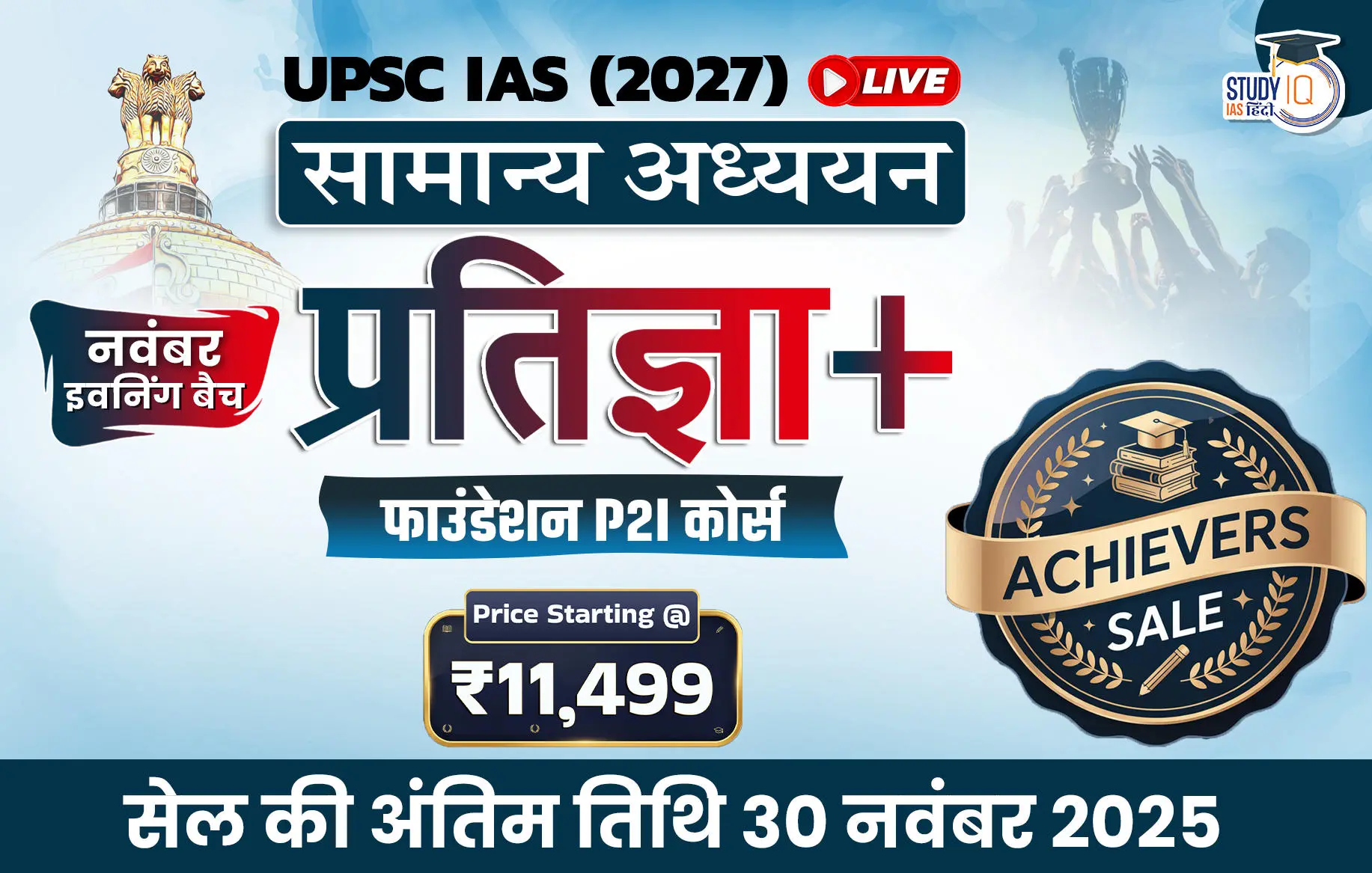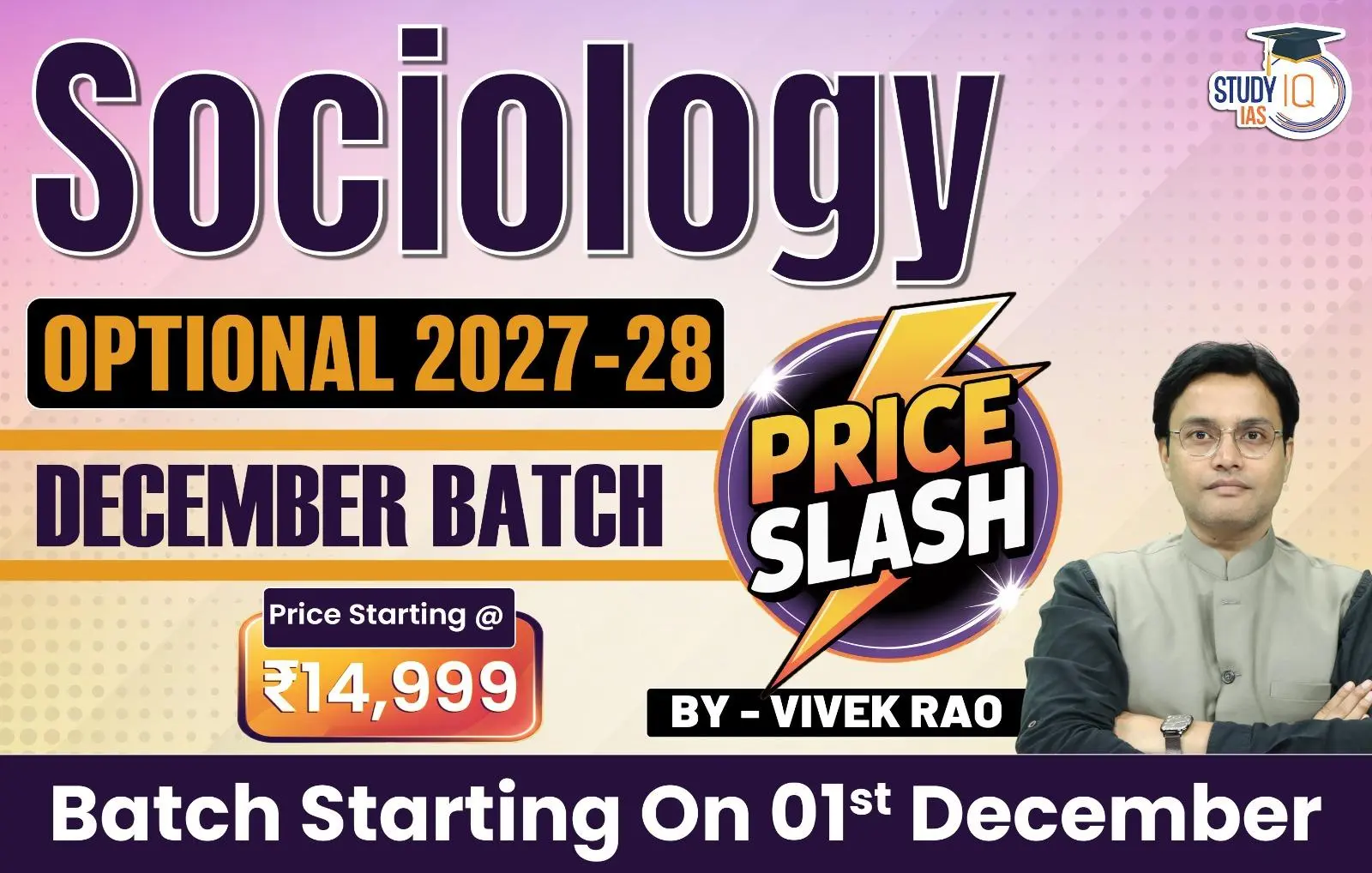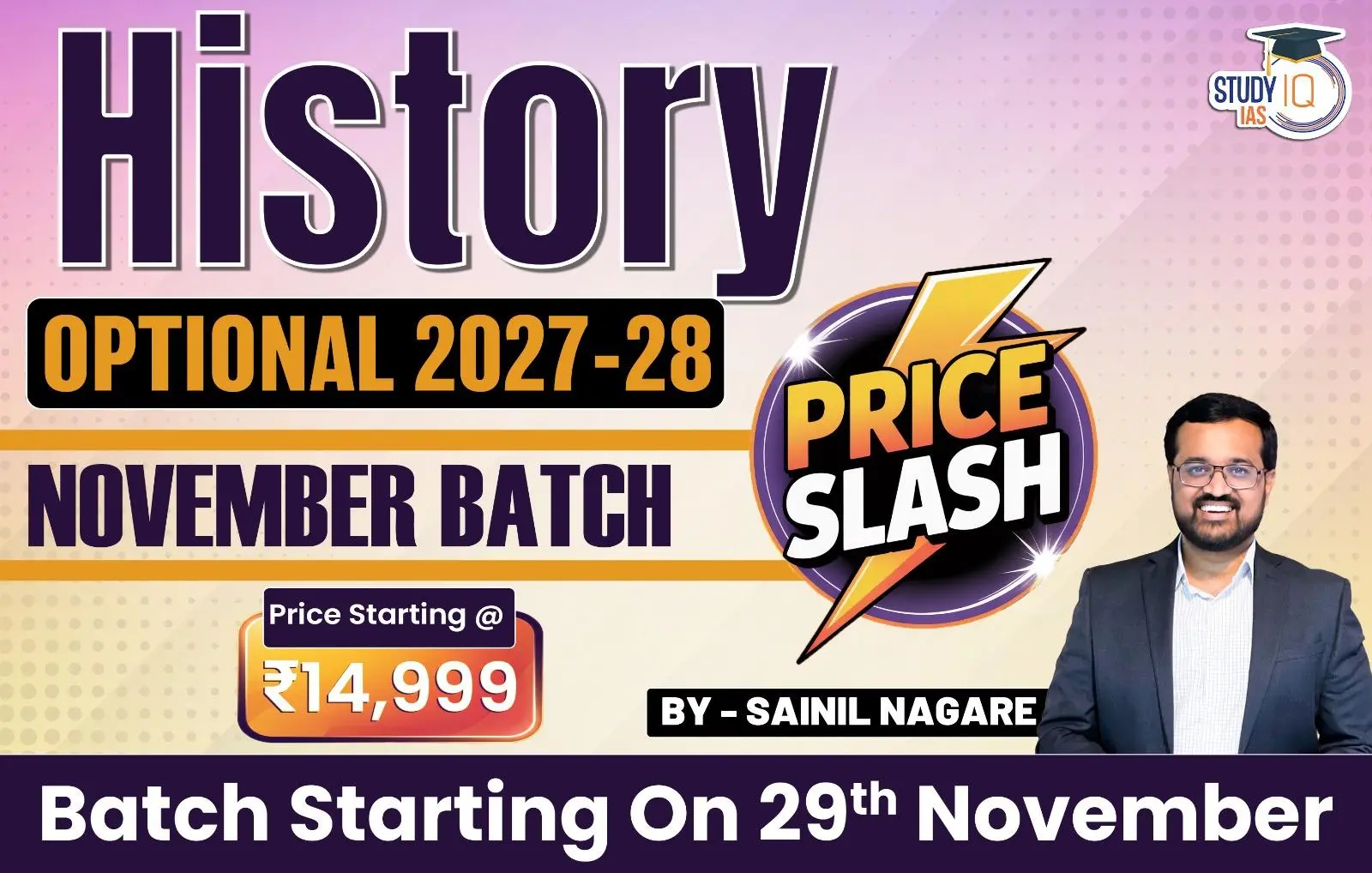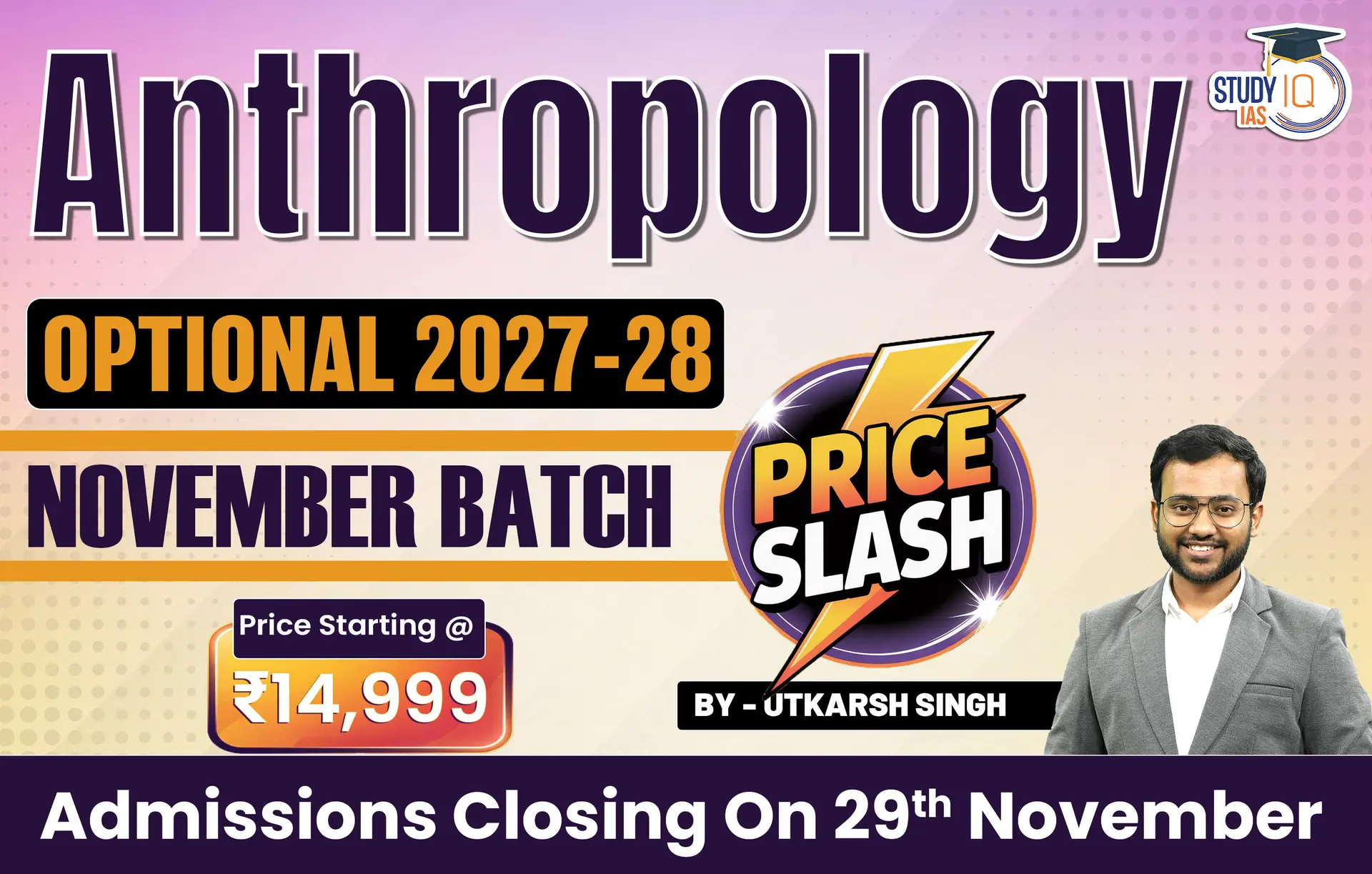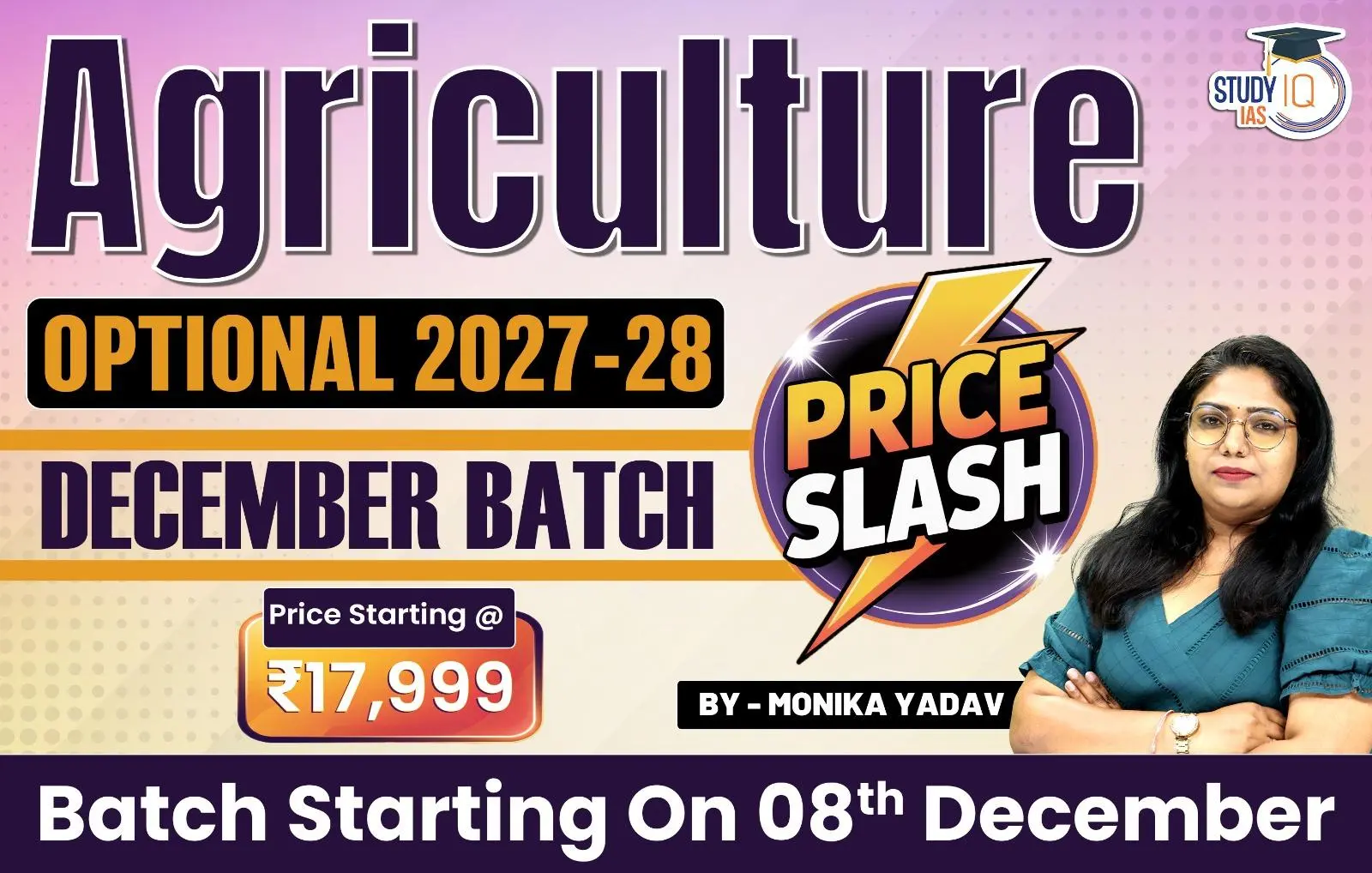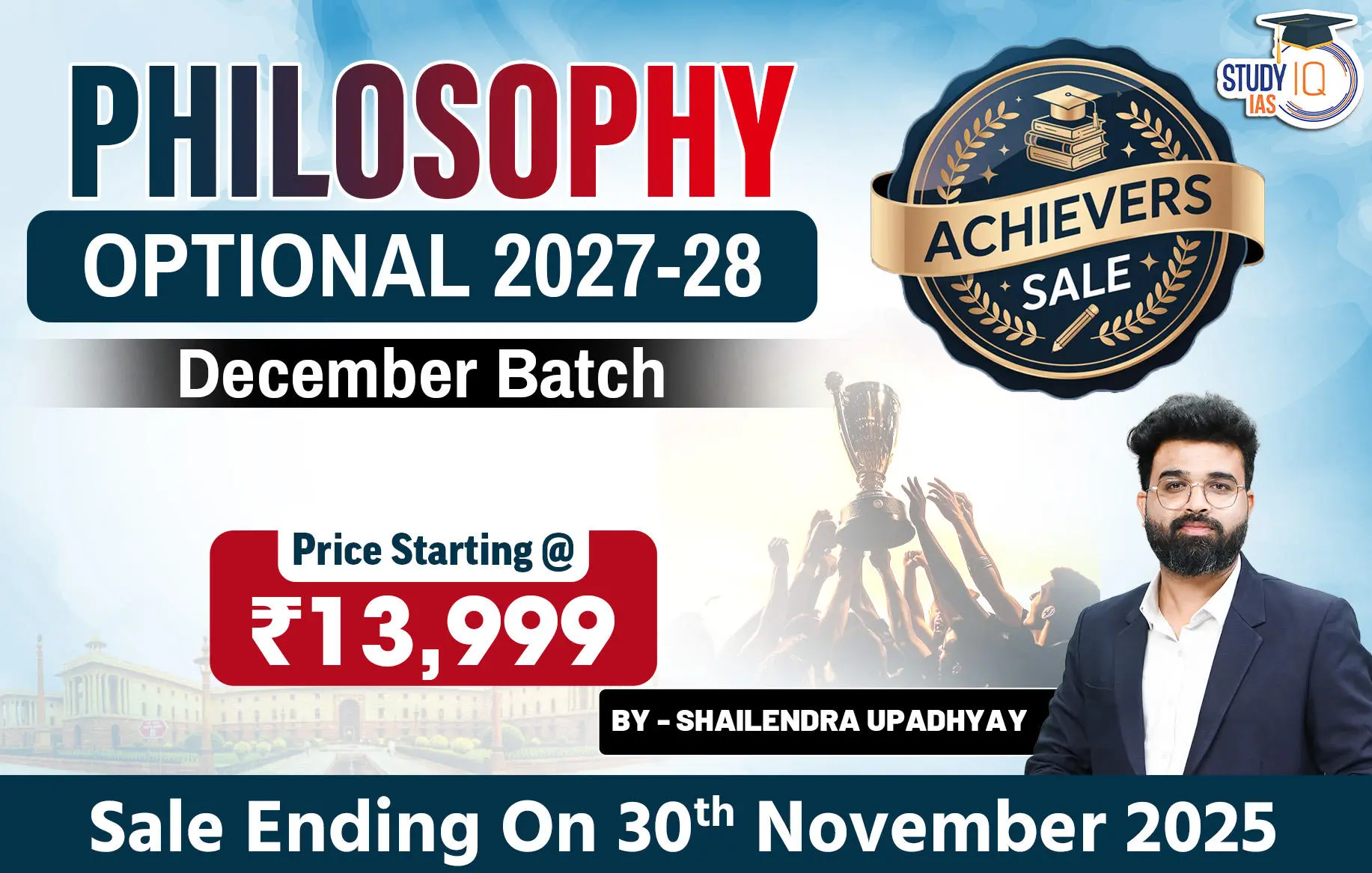Context: The Central Council for Research in Ayurvedic Sciences (CCRAS) under the Ministry of AYUSH has revived two Ayurvedic manuscripts: Dravyaratnākara Nighaṇṭu and Dravyanamākara Nighaṇṭu.
What are Ayurvedic Manuscripts?
Ancient texts preserve Ayurvedic knowledge on medicinal plants, formulations, and pharmacological properties.
Nighaṇṭus
Nighaṇṭus are traditional lexicons that describe the attributes of substances from plant, mineral, and animal sources.
- Nighaṇṭus resolve confusion caused by multiple names (synonyms) or the same names used for different substances (homonyms) in Ayurveda.
- Eg.,
- Synonyms: Ginger is called Śuṇṭhī, Nāgara, Ardraka (depending on form — dry or fresh).
- Homonyms: Rajani can refer to Curcuma longa (Turmeric) in one context and Piper longum in another, if not clarified.
Dravyaratnākara Nighaṇṭu
- Author: Mudgala Paṇḍita | Period: 1480 AD
- Contains 18 chapters on drug synonyms, actions, and formulations.
- Cites Dhanvantari and Raja Nighaṇṭus; introduces new therapeutic substances.
- Widely used in Maharashtra till the 19th century.
- Revived by: Dr. Sadanand D. Kamat.
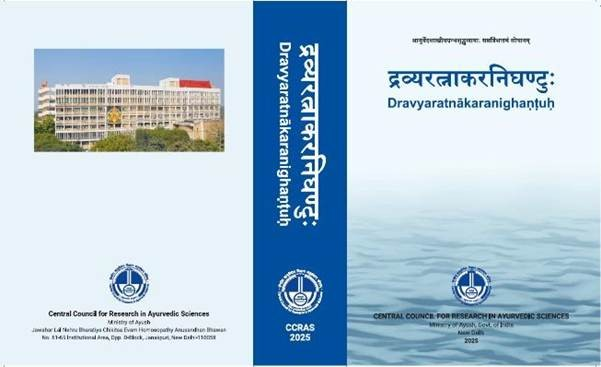
Dravyanamākara Nighaṇṭu
- Attributed to: Bhisma Vaidya | Period: Post-Dhanvantari (undated)
- Supplement to Dhanvantari Nighaṇṭu with 182 verses.
- Focuses on homonyms in drug names, aiding Rasashastra and Bhaishajya Kalpana.
- Edited by: Dr. Sadanand D. Kamat.

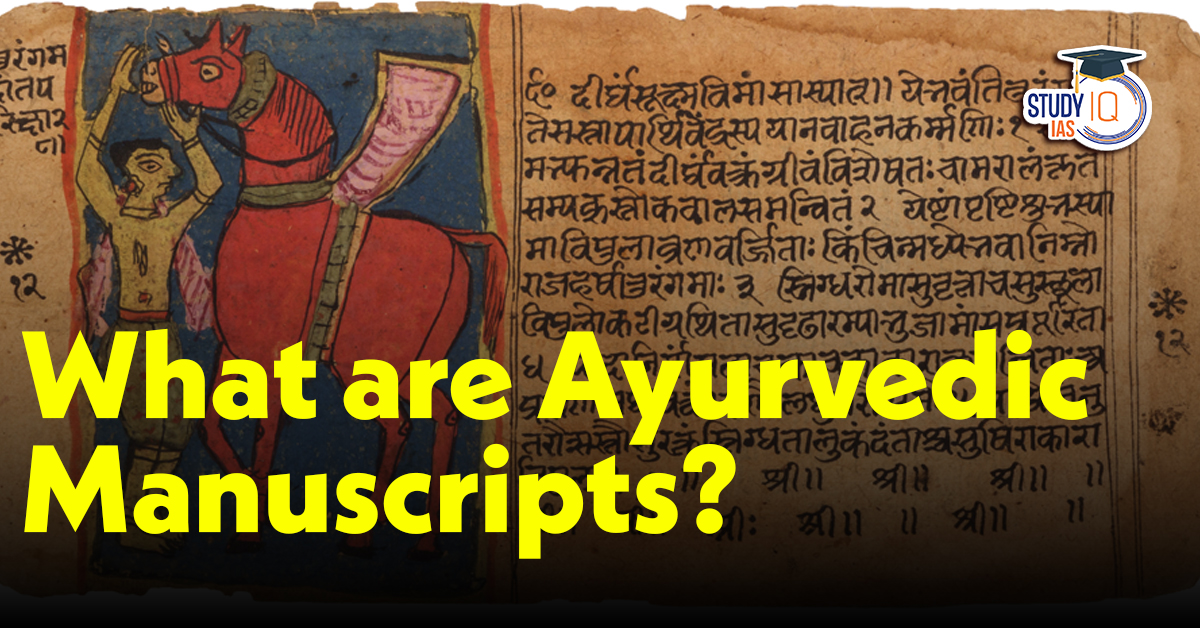
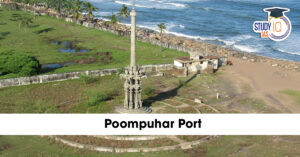 Poompuhar Port: Ancient Sangam-Era Marit...
Poompuhar Port: Ancient Sangam-Era Marit...
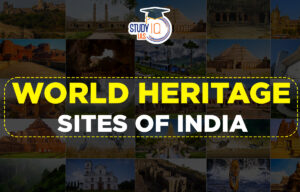 UNESCO World Heritage Sites of India Lis...
UNESCO World Heritage Sites of India Lis...
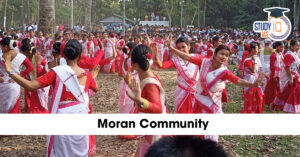 Moran Community of Assam, History, Langu...
Moran Community of Assam, History, Langu...


